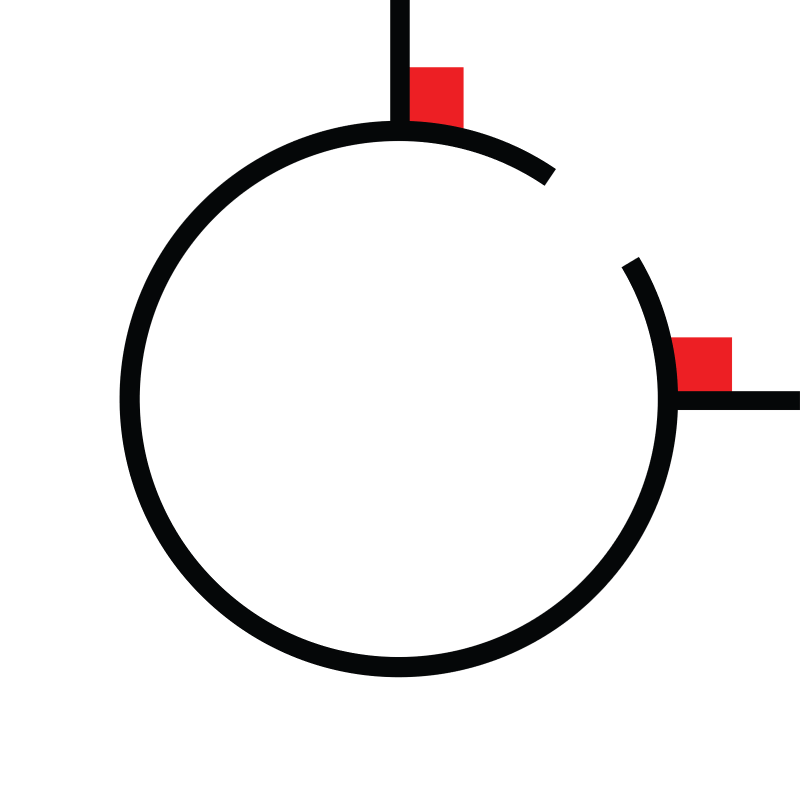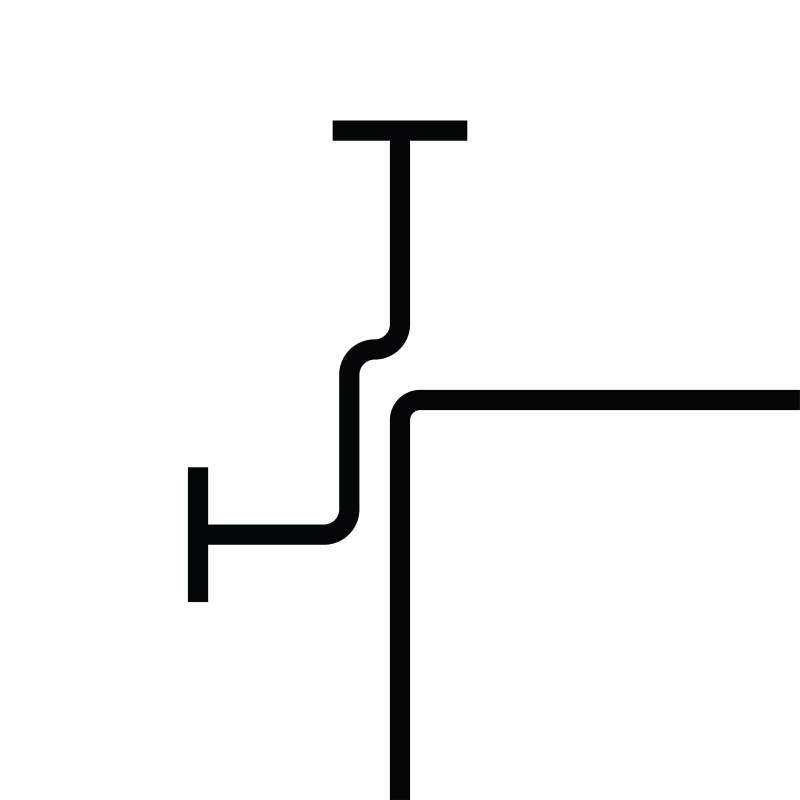As we approach the National Championships in October, we are unveiling the selection of Challenge Tiles for 2023.
Before we dive into the details, here’s a quick refresher for those who might be new to the Challenge Tiles concept or need a reminder:
Recap on Challenge Tiles
As detailed in the official rule book (Section 7 – Challenge Track), Challenge Tiles are unique elements introduced within the course.
Rather than being part of the course on the way to the rescue, the challenge will be a branch off the course on the way back from the rescue. The alternate route will be introduced through the rotation of a tile, or in some cases, usage of a tile such as the T intersection tile from the MTA 297mm tile set (See 7.3.2 for an example).
In order to ensure that the team has programmed the robot to negotiate the challenge, the robot must have some way of indicating when it has completed the challenge (7.1.7). This eliminates the robots that manage to get through the challenge through “dumb luck” rather than good design.
Challenge Tile Selection
As mentioned in 7.1.8, we will publish a selection of challenge tiles of which the challenge tile(s) used will be chosen from during the competition. This list has been provided below.
Shapes of the lines shown in the tiles below are examples only, the actual line shape may vary on the day.
 | Detours Red markers at intersections Robot must turn the opposite direction of the coloured marker and indicate when a marker is identified |
 | End of the Line Wide red or silver marker Robot must stop and indicate for 3 seconds, turn around, and fully exit the tile |
 | Close Call Parallel line(s) with little separation Robot must continue following the intended path to the end of the tile Robot does not need to identify that it has found this tile |
 | Collapsed Tower Similar to an obstacle, but could be wider than 150mm Robot must avoid the obstacle and rejoin the line Robot does not need to identify that it has found this tile |
 | Diversion Diverted path with a distinguishable colour Robot must follow the yellow path and indicate that it has found it |
 | Wildlife Crossing Two sets of blue markers Robot must travel at a noticeably slower speed between the markers |
An Example
The video linked below demonstrates the use of “Detours” on a Roundabout tile.
It shows a Spike Prime robot on a secondary rescue course.
Spike Prime robot completing the Rescue Line challenge tile (video)
In the video, David was the robot handler, referee and photographer. In an actual competition, the referee should confirm two things with the robot handler after the robot has completed or attempted the rescue; firstly, that the robot is intending to attempt the challenge and, secondly, the signal that the robot will give to indicate when it has completed the challenge. As a robot handler, you would want to ensure that the referee is aware of this, as well.

